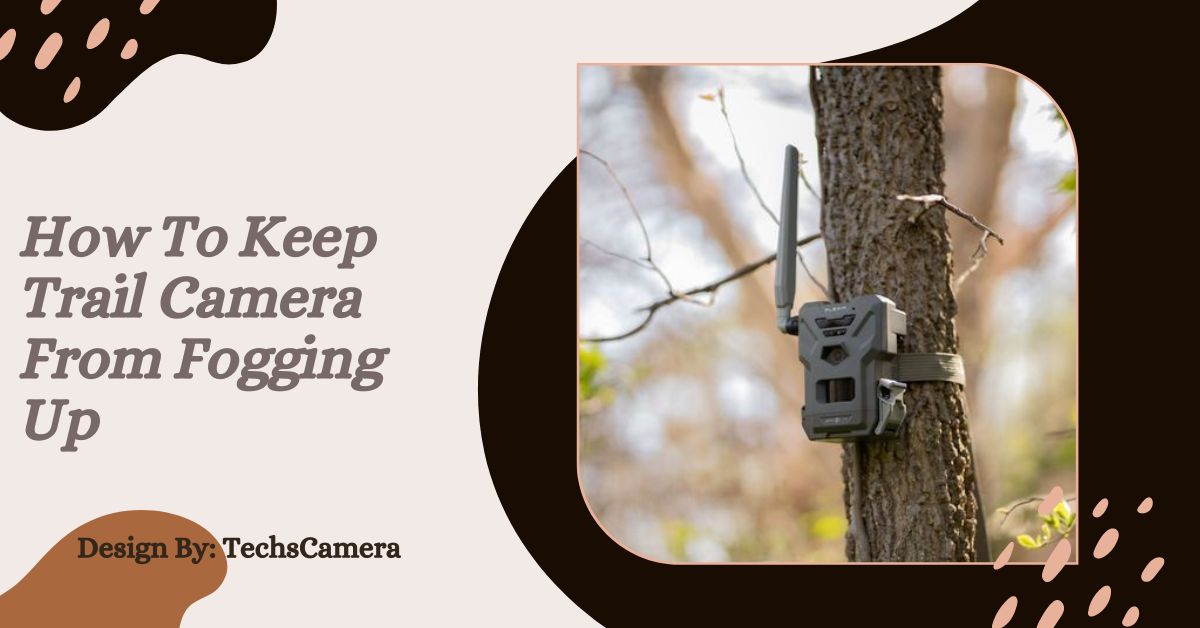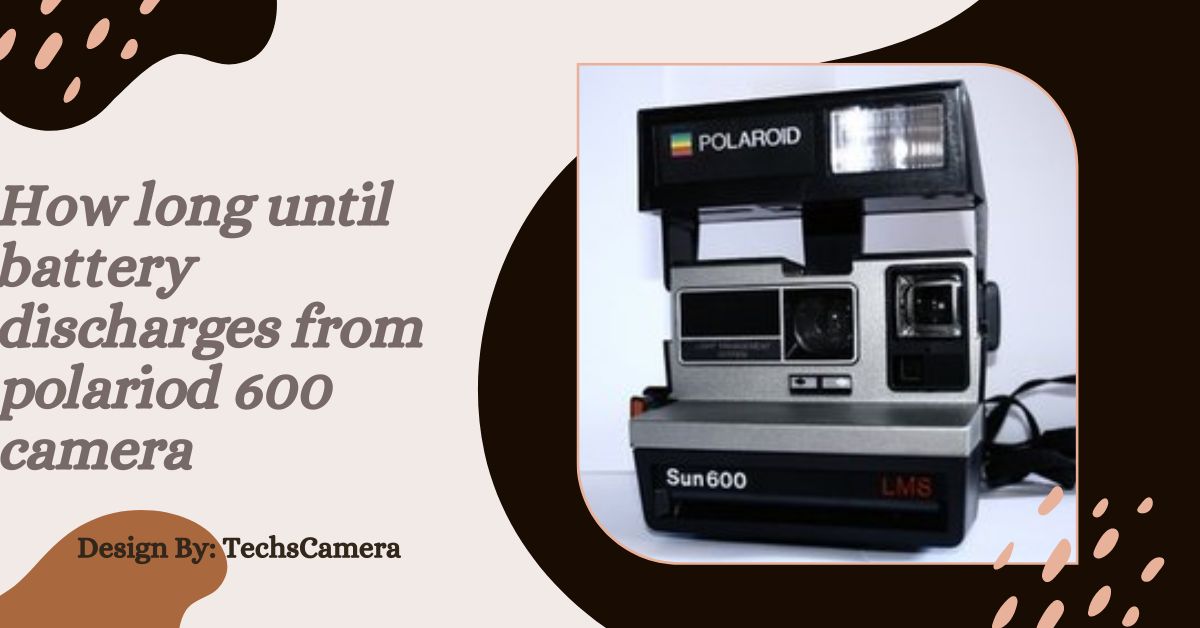Trail cameras are prone to fogging, which can blur images. Prevent this with proper placement, desiccants, anti-fog products, and regular maintenance.
For hunters, researchers, and wildlife enthusiasts, trail cameras are indispensable equipment. However, one common issue that can compromise the effectiveness of these devices is fogging. Foggy lenses can lead to blurred images and missed opportunities. Here are some practical tips to keep your trail camera from fogging up.
Understanding the Cause of Fogging:
Fogging occurs due to condensation when warm, moist air contacts the cooler surface of the camera lens. This typically happens in environments with high humidity or drastic temperature changes. Understanding this phenomenon helps in implementing effective preventive measures.
Importance of Proper Camera Placement:
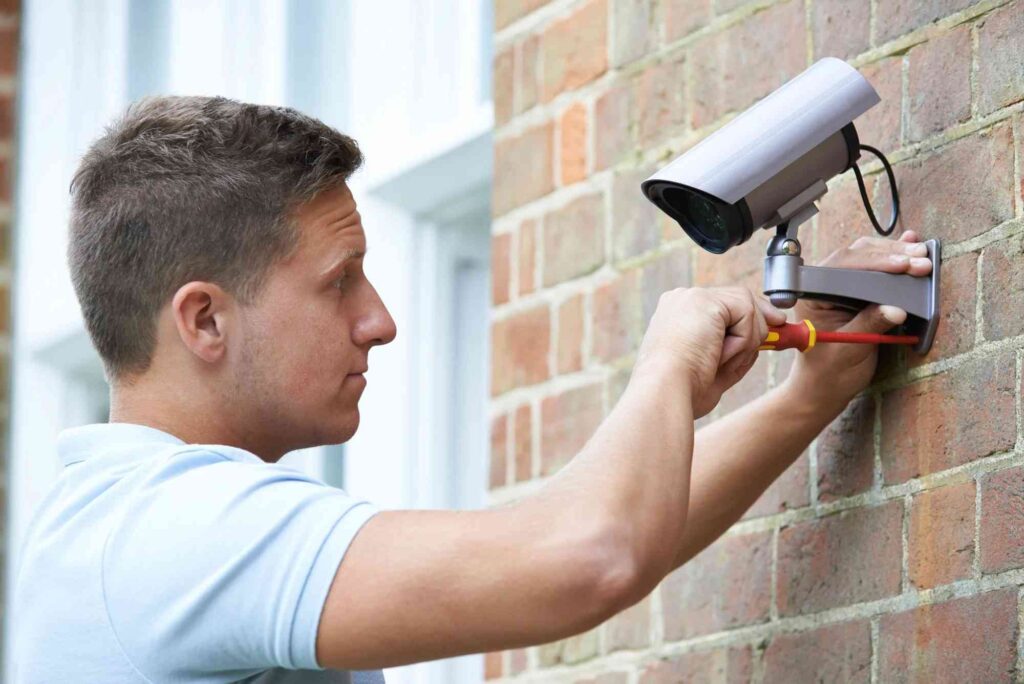
- Choosing Optimal Locations: Selecting the right location for your trail camera can significantly reduce fogging. Avoid placing it in areas prone to high humidity, such as near bodies of water or dense foliage that restricts airflow. Instead, opt for shaded spots with good air circulation.
- Elevation and Orientation: Elevate the camera slightly off the ground and tilt it downward to prevent rain or dew from accumulating on the lens. This orientation helps in maintaining clear visibility and reduces the likelihood of moisture buildup.
Utilizing Desiccants for Moisture Control:
- Effective Moisture Absorption: Silica gel packets are highly effective in absorbing moisture within the camera housing. Place several packets strategically to ensure maximum coverage and replace them regularly, especially after exposure to rainy or humid conditions.
- Alternative Desiccant Options: Besides silica gel, other options like activated charcoal or specially designed camera desiccants can also help in maintaining a dry internal environment, thereby minimizing fogging.
Also Read: Do Intersection Cameras Record – Everything You Need to Know!
Routine Maintenance and Cleaning:
- Regular Inspection: Conduct routine inspections of your trail camera, focusing on the lens and seals. Clean the lens with a microfiber cloth and lens-safe cleaning solution to remove dirt, oil, and moisture residues that contribute to fogging.
- Seal Integrity: Ensure that all seals and gaskets on the camera housing are intact and free from damage. Damaged seals can allow moisture to enter, leading to internal fogging and potential damage to electronic components.
Applying Anti-Fogging Products:

- Types of Anti-Fogging Solutions: Explore various anti-fogging sprays and wipes formulated specifically for camera lenses. Apply these products according to the manufacturer’s instructions to create a protective barrier that prevents condensation buildup.
- Long-lasting Protection: Some anti-fogging solutions offer long-lasting protection, reducing the frequency of application needed in challenging environmental conditions.
Regulating Camera Temperature:
- Temperature Management: Avoid exposing your trail camera to extreme temperature fluctuations. Gradually acclimate the camera to outdoor conditions to prevent rapid temperature changes that can induce condensation.
- Using Thermal Covers: Thermal covers or insulation wraps can help in maintaining a stable internal temperature within the camera housing, minimizing the risk of fogging during colder weather conditions.
Also Read: Do Car Washes Have Cameras – Exploring Surveillance Systems!
Using Protective Covers:
- Purpose of Protective Covers: Invest in weatherproof or custom-fit protective covers designed to shield your trail camera from rain, snow, and humidity. These covers provide an additional layer of defense against moisture infiltration.
- Ventilation Considerations: Ensure that protective covers include ventilation options to promote airflow while safeguarding the camera from adverse weather elements.
Proper Storage Practices:
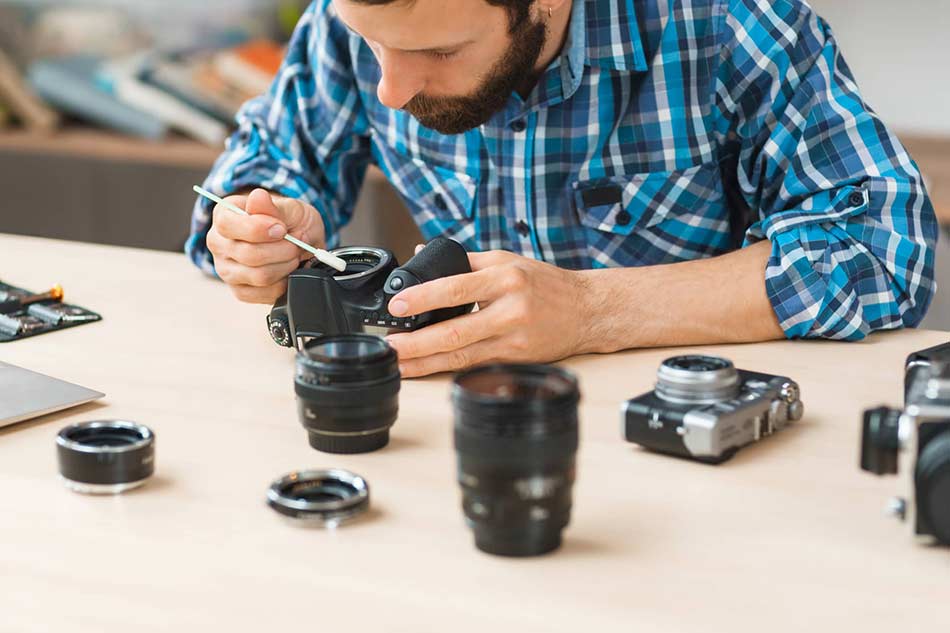
- Storage Environment: Store your trail camera in a dry, temperature-controlled environment when not in use. Utilize airtight storage containers with desiccants to absorb residual moisture and maintain optimal camera performance between outings.
- Seasonal Precautions: During extended storage periods, periodically check and recharge desiccants to preserve their moisture-absorbing effectiveness and prevent internal fogging.
Conducting Regular Inspections:
- Comprehensive Inspections: Conduct thorough inspections of your trail camera before each use, focusing on mechanical components, battery compartments, and memory card slots. Promptly address any signs of wear or potential points of moisture ingress to maintain camera functionality.
- Preventative Maintenance: Implement a preventative maintenance schedule to proactively address minor issues and prolong the operational lifespan of your trail camera.
Utilizing External Power Sources:
- Battery Management: Monitor battery usage and consider utilizing external power sources, such as rechargeable battery packs or solar panels, to minimize internal heat generation. Reduced heat output helps in preventing condensation and maintaining clear lens visibility.
- Energy Efficiency: Opt for energy-efficient power management settings to extend battery life and minimize operational heat output, especially during prolonged use in challenging weather conditions.
Also Read: Howe Island Ferry Camera – A Comprehensive Guide!
Benefits of Using Weatherproof Cameras:
- Enhanced Protection: Weatherproof cameras are designed to withstand harsh environmental conditions, providing built-in protection against moisture and fogging. These cameras often feature specialized coatings and seals to prevent condensation.
- Investment Justification: While weatherproof cameras may have a higher upfront cost, their enhanced durability and reliability can justify the investment, ensuring consistent performance in various weather conditions.
Environmental Adaptations:
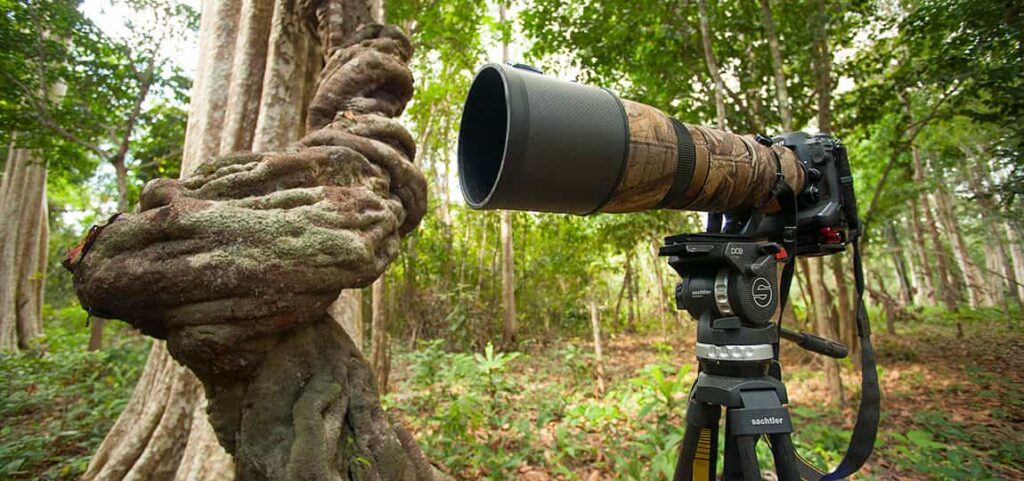
- Adapting to Seasonal Changes: Different seasons bring varying challenges for trail cameras. In winter, focus on preventing condensation from snow and frost, while in summer, manage humidity levels. Adjust your preventive measures accordingly to maintain camera performance year-round.
- Monitoring Weather Conditions: Stay informed about upcoming weather conditions that may affect your trail camera. Extreme weather changes can increase the risk of fogging, so preemptive measures based on weather forecasts can be beneficial.
Practical Tips for Field Use:
- Quick Fixes in the Field: If you notice fogging while in the field, gently wiping the lens with a soft cloth can provide a temporary solution. Keep anti-fogging wipes in your field kit for immediate application.
- Emergency Measures: In case of severe fogging, consider temporarily relocating the camera to a drier, more controlled environment until conditions improve. This helps prevent further moisture buildup and potential damage.
FAQ’s:
1. What causes a trail camera to fog up?
Fogging occurs due to condensation when warm, moist air contacts the cooler camera lens, typically in humid environments or with temperature changes.
2. How can I stop the fogging of my trail camera?
Prevent fogging by using desiccants, placing the camera in shaded areas, applying anti-fog products, and regularly cleaning and inspecting the camera.
3. What are desiccants and how do they help?
Desiccants like silica gel absorb moisture, keeping the camera dry inside and preventing condensation and fogging.
4. Are there any specific products to prevent lens fogging?
Yes, anti-fog sprays and wipes for camera lenses create a protective barrier that prevents condensation buildup.
5. How should I store my trail camera to avoid fogging?
Store the camera in a dry, temperature-controlled environment with desiccants, using airtight containers to maintain optimal conditions.
Conclusion:
Preventing your trail camera from fogging up requires proactive measures and regular maintenance to preserve clear image quality and operational reliability. By implementing these practical tips, you can enhance the longevity and performance of your trail camera while capturing high-quality wildlife images in various environmental settings. Ensure optimal camera functionality by integrating these strategies into your outdoor photography practices and equipment care routines.
